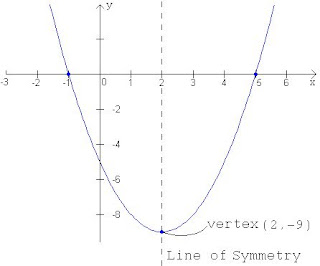For example:
17 - 3i
10 + 7i
1) Multiply by the conjugate of the denominator over itself (fraction equals
10 + 7i (10 - 7i)
2)Foil. FOIL the top and FOIL the bottom.
170 - 119i - 30i + 21i²
100 -70i + 70i + 49i²
3)Multiply top by top, bottom by bottom.
170 - 149i + 21i²
100 + 49i²
4)Combine the imaginary terms. They (i)
cancels out in the denominator.
170 - 149i - 21
100 + 49
5) Combine constant terms on top and bottom.
149 -149i
149
6)Split apart into a+bi form.
149 - 149 i
149 149
1 - i





